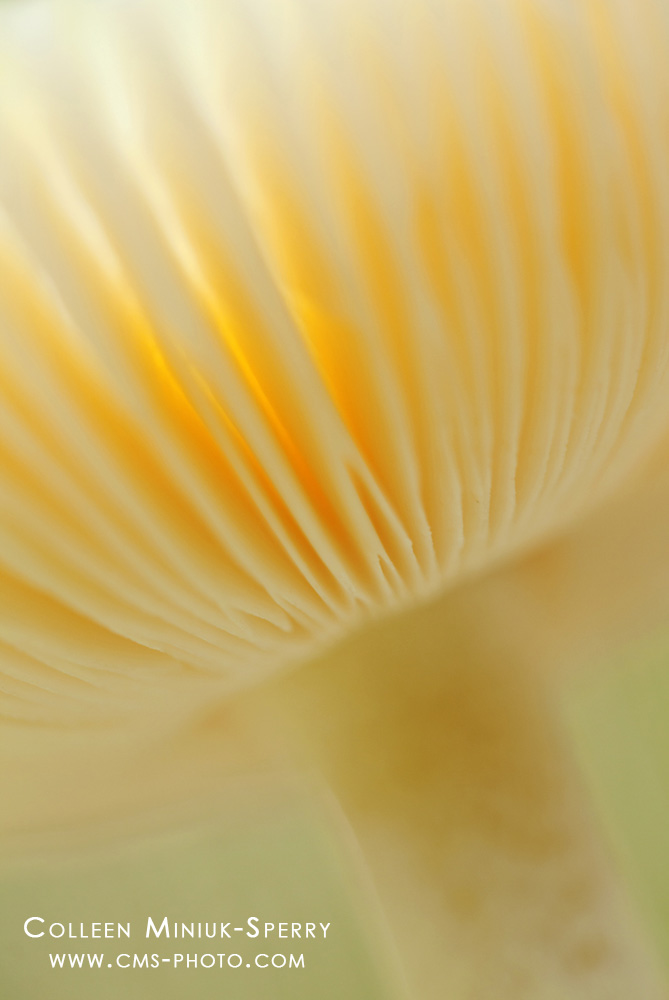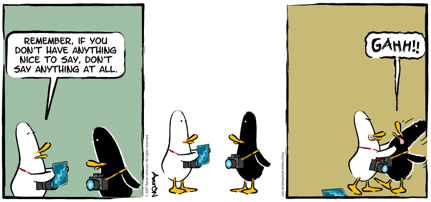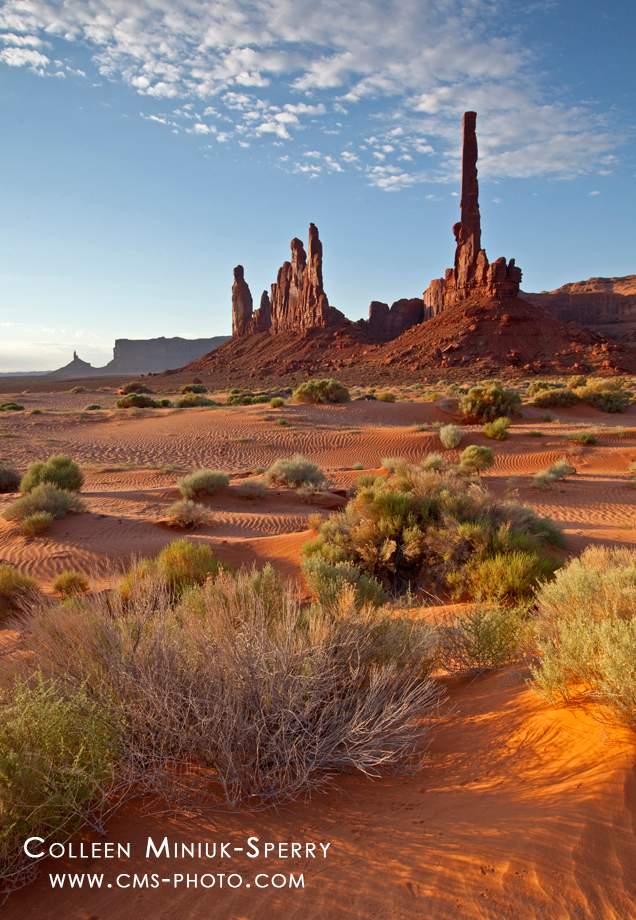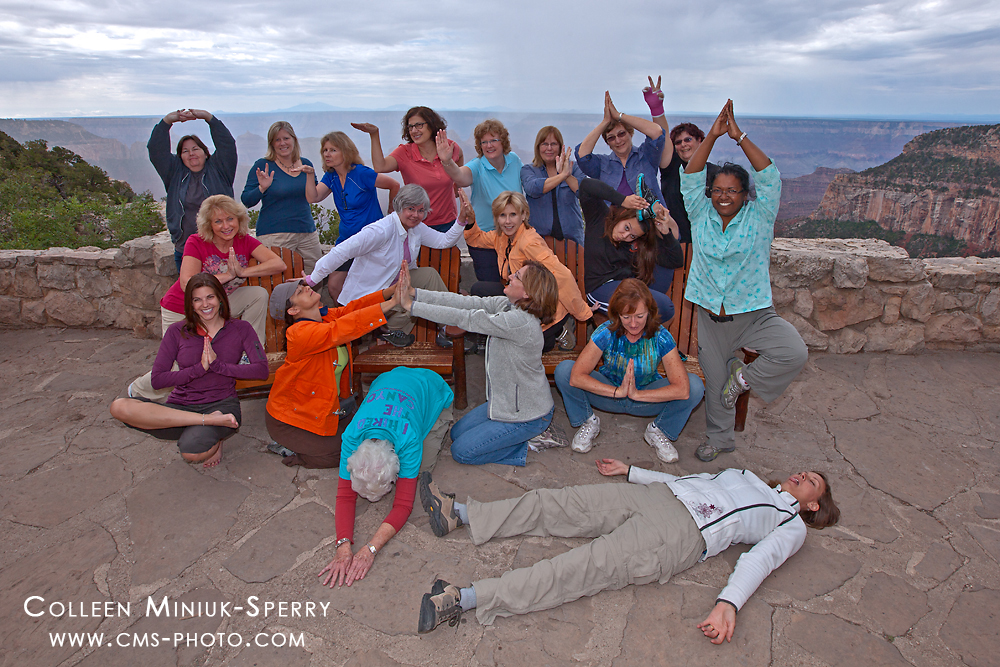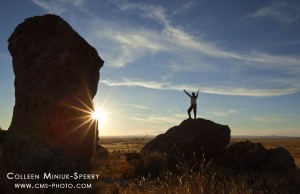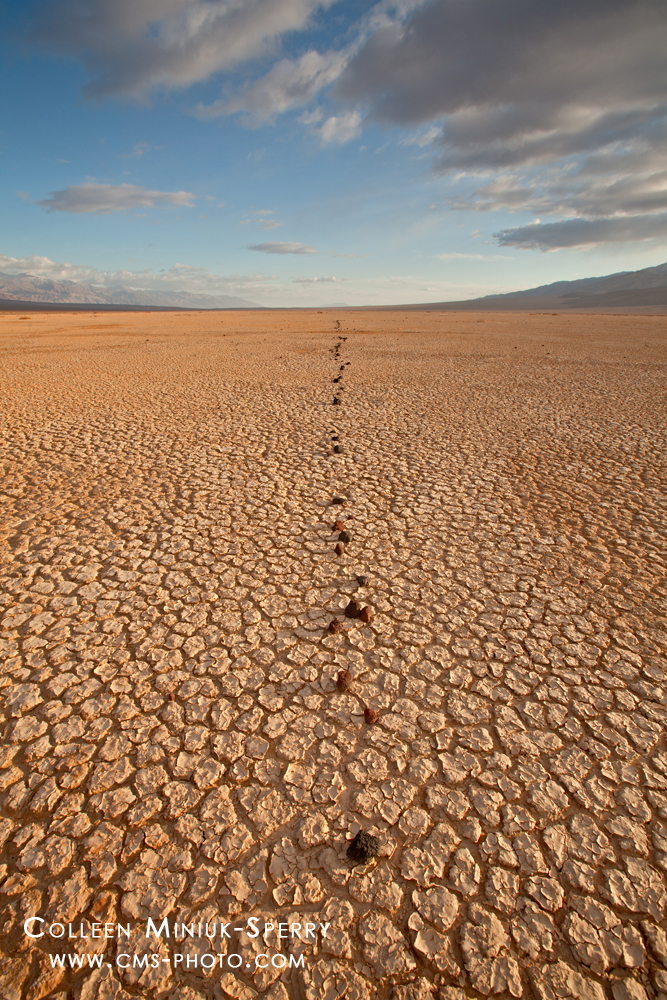
“Walk the Line” Death Valley National Park, California (Click on photo for larger view – prints available!)
“Photographers don’t let intelligence get in the way of their work,” my husband, Craig, jokes with me often. And every time I hear this quote from him, I think, despite being a full-time freelance photographer, he can’t possibly be referring to me! But these were the first words out of his mouth when I revealed to him my interest in experiencing Death Valley National Park – named the “Hottest Place on Earth” today– at the hottest time of year, summer.
Nothing more than simple curiosity was the reason for this seemingly silly idea – though some of my friends chose to refer the notion in more drastic terms like “crazy” and “ludicrous.” Early this year, I started reading, Death Valley and the Amargosa: A Land of Illusion by Richard E. Lingenfelter. In this uber-thorough and sometimes humorous historical account of the area, the author offers story after story of delusional ambitious pioneers and businessmen chasing after gold, silver, and even borax among other various interests. Though some perished, an amazing number of robust people got along just fine during the scorching summer months in this inhospitable place in the past. Could I?
The most extreme temperature I’ve experienced in Phoenix is 121 degrees F. I’d argue I didn’t actually experience this sensational heat at all, opting to stay inside to sit on a mound of ice cubes while hugging an air conditioner. Nonetheless, with this mark in mind, I arbitrarily defined the minimum temperature I wanted to feel as 122 degrees F. Though this was 12 degrees F cooler than the hottest temperature ever recorded, I reckoned the difference was immaterial. I mean, really, what does it matter if I pass out from heat exhaustion in six seconds versus ten?
Earlier this year, as I watched my calendar fill with assorted business commitments, I blocked out the week of August 6-10, hoping to sneak in not only some Zen-like time to do my own photography, but also a quick trip to southern California to learn how hot the hottest place in the world felt.
As August 6 approached, though, disappointment set in as the weather forecast suggested it wasn’t going to be hot enough – words I thought would never come out of my mouth. I chose to revisit the Page and the Kaibab Plateau areas instead to check a few stock shots off my “to get” list and spend additional time exploring a couple of visualized compositions I had during the Through Each Others Eyes exchange with Albertan photographers Peter Carroll and Royce Howland this past June.
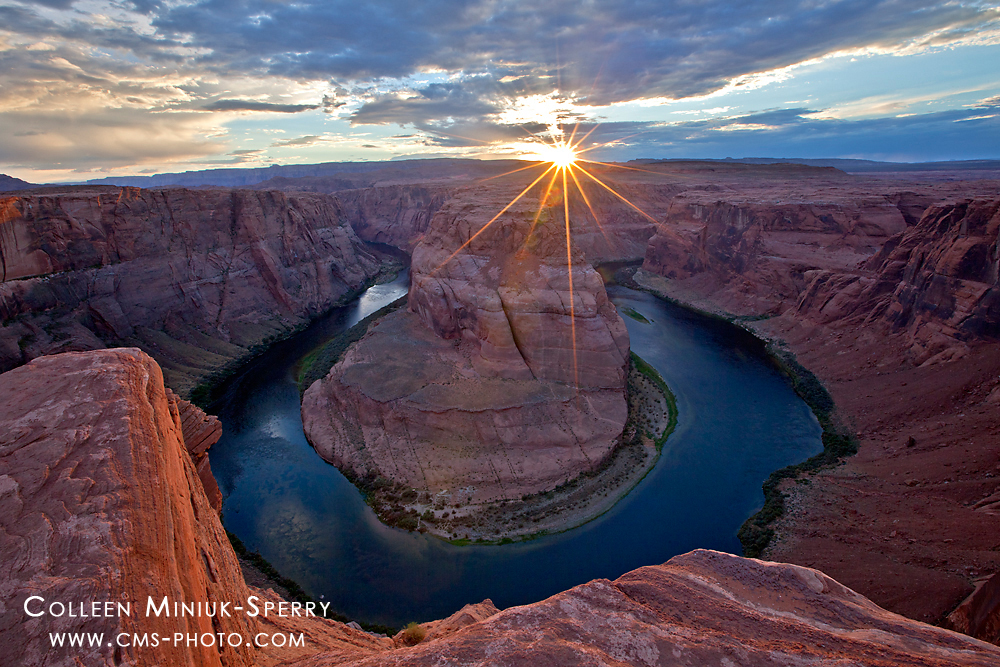
“Day’s Final Stand” Glen Canyon National Recreation Area, Arizona (Click on photo to view larger – prints available!)
As I wandered Arizona’s high desert for two days, I simply couldn’t ignore the maddening itch I had to get to Death Valley. After spending a stormy night tossing and turning in my Tent Cot in the DeMotte Campground near the North Rim of the Grand Canyon National Park, on Wednesday morning, I rolled up to the stop sign at the T-intersection in Jacob Lake. Turning left meant a six-hour drive to Death Valley; veering right meant a six-hour drive to catch up on sleep and work at home in Phoenix. I brought up the current weather forecast on my iPhone: “Furnace Creek, CA on August 8: high of 124 degrees F.”
Giddy with delight, I stuffed a scrumptious Cookie in a Cloud into my pie hole (a requisite indulgence for those traveling to and through Jacob Lake) and pushed my turn signal down with my frosting-free left hand. You can sleep when you’re dead.
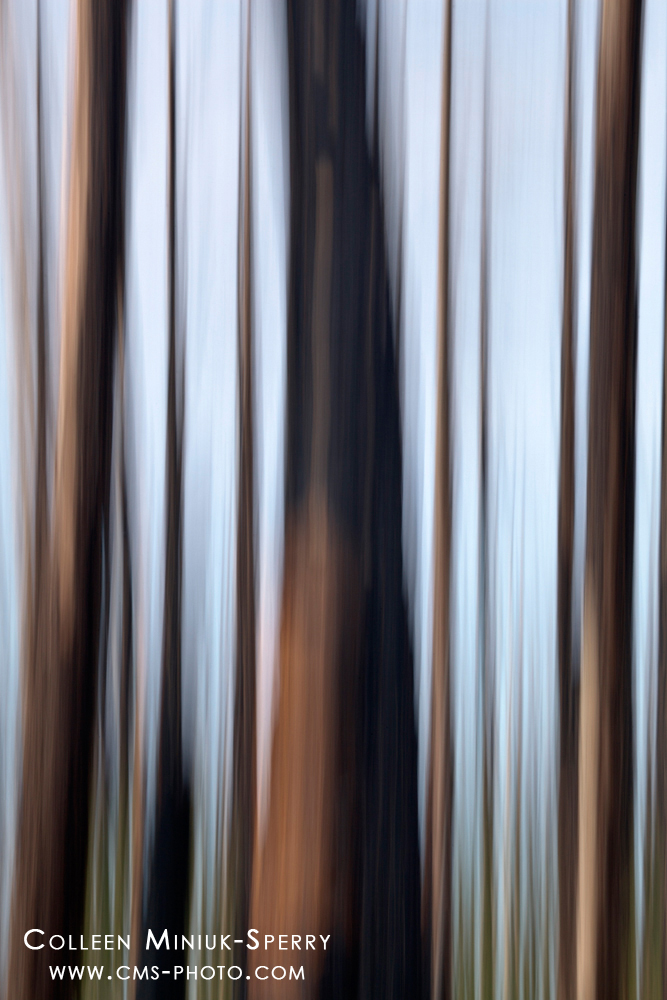
“Regeneration” Kaibab National Forest, Arizona (Click on photo to view larger – prints available!)
After driving non-stop for about five hours, I started obsessively monitoring the outside temperature display on my dash and outwardly expressing my displeasure with the “mere” 108 degree F reading in the Amargosa Valley. Please, please get warmer, I begged the desert. (Speaking of crazy and ludicrous…)
As I made the descent into the park, the temperature responded to my plea: 115. 117. 118. I whizzed past the entrance sign, glancing curiously at the unexpected large number of smiling people huddled around the sign for the classic “I was here” photograph. They must just be passing through, I contemplated. Nobody in their right mind visits Death Valley in summer.
118. 119. 120. I continued towards Furnace Creek, where my gauge registered 121 degrees F. Desperate to see the reading increase one final degree, I decided to visit Badwater Basin, home of the lowest point in North America at 282 feet below sea level. Near the turnoff to Artist Palette, “122 degrees F” appeared on the dash at 4:23 pm.
Hooting and hollering, I pulled into the parking lot at Badwater, put on my hat, and grabbed my water bottle to enjoy the moment. The instant I stepped out of my car, the unrelenting sun seared my sunscreen-lathered face. After a few seconds, a light breeze stung my entire body, feeling as if I had just sat too close to a fire while blowing on the burning embers. Within five minutes, I had sucked every drop of water out of my 25-ounce Camelbak container.
Surprise! It’s excruciatingly f$%^king hot in Death Valley in August!
And surprise! The park is packed with people!
Wait, what?!
I confidently intended to share this memorable experience pushing the tolerance limits of my existence with just the sun, sand, and snakes but not surrounded by other idiots tourists! Not just one. Not just a handful. But more visitors than I’ve EVER seen at this park in all of my past outings during December, January, or February combined. Obviously, they didn’t get the memo: it’s hell on Earth here in August!
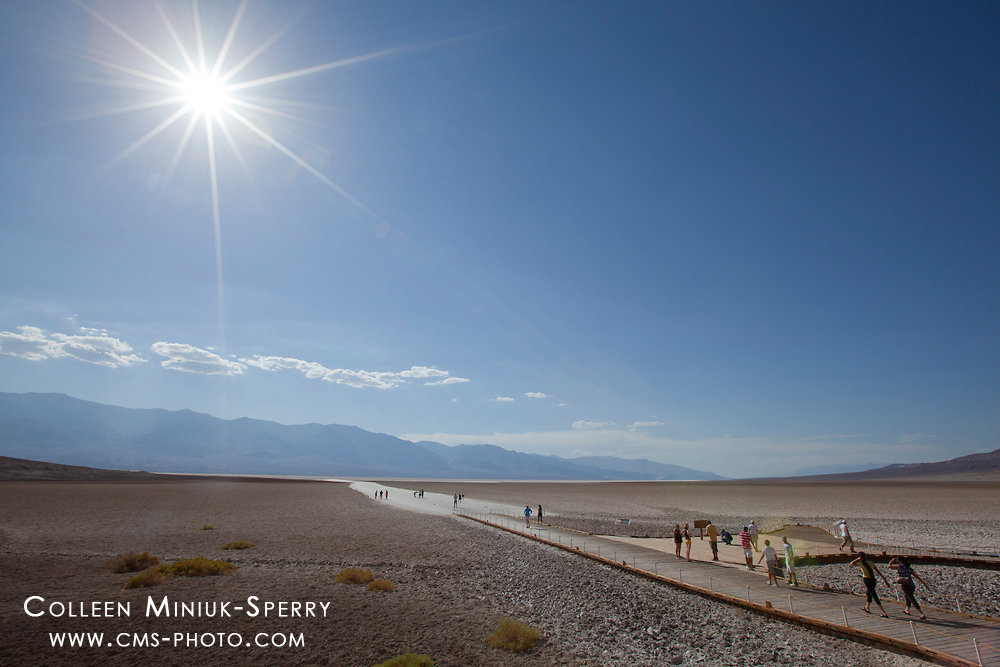
Tourists at Badwater Salt Flats on August 8 at 4 pm.
Slightly confused, I refilled my water bottle and then moseyed about 400 yards onto the salt flats to make a couple self-portraits as proof of my endeavors. Within a few crunchy steps, I started cursing the camera and tripod manufacturers for making their products metal and black. After a ten-minute sweat-inducing stint, much of which I spent wondering if I’d spontaneously combust, I rolled my scorching camera-carrying tripod in my hiking skort to avoid burning my hands and headed back to the car to fuel up on Gatorade and air conditioning. Giggling, I quickly concluded that the upper tolerance limit of my existence with the sun and sand (no snakes thankfully!) maxed out at a sad 15 minutes. No way would I have ever made it as a successful gold miner here!
As I drove back towards the Furnace Creek area, thoughts of finding a place to rest my head that evening at a higher and significantly cooler elevation crossed my mind. The thought of getting a $200-plus hotel room, however, did not. When I saw the entrance to the Texas Springs campground, I resolved that anything other than sleeping under the stars would be cheating this experience. Sleeping under a cluster of shade trees, however, was not.
I chose my campsite and shook my head at the four other tents already set up for the night. OK, seriously. Who in the hell camps in Death Valley in summer (besides slightly insane people like me)?!
While watching the merciless sun thankfully drop behind the Panamint Mountains, I choked down a few bites of leftover cold green curry chicken and rice for dinner and quickly cleared my sleeping area in the back of my 4Runner in between sips of hot water. I’m normally a cold sleeper who likes to snuggle under a mound of soft blankets. But in this heat, I had to drape a sopping wet towel over me to try to keep from overheating.
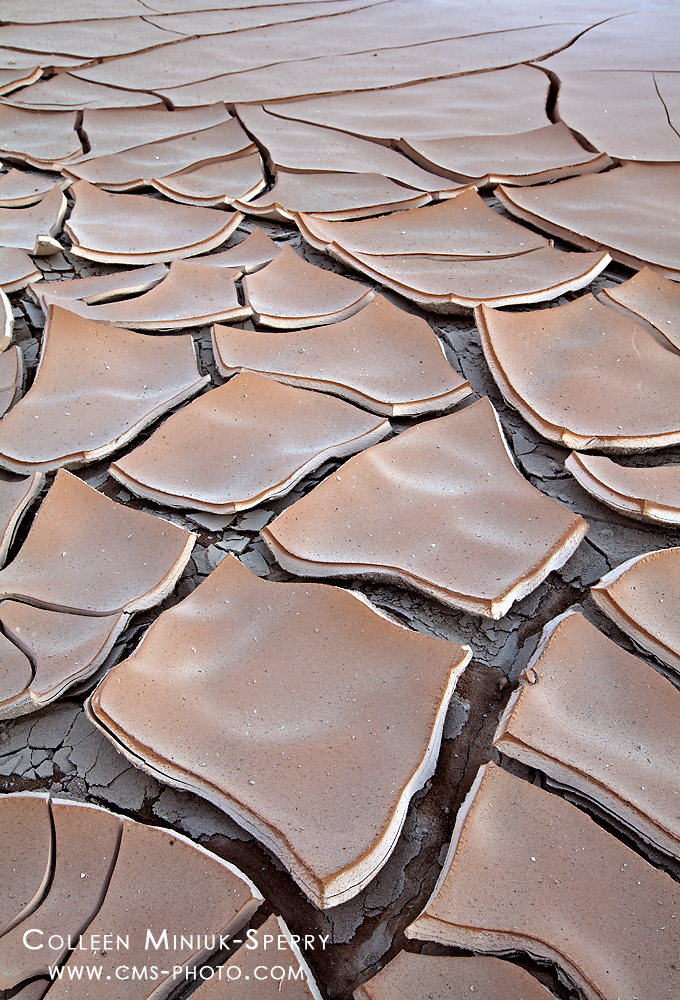
“Cracking Up” Death Valley National Park, California (Click on photo to view larger – prints available!)
Beads of sweat dripped from one leg to the other as I tossed and turned fitfully all night, causing momentary panic and somewhat irrational thoughts of scorpions landing on me (thanks to my friend and fellow photographer, Guy Tal, for that fear). Each time the fiery breeze kicked up, I closed my eyes and prayed someone would turn the hairdryer off the high-heat setting while I rested in this sizzling oven. In between panics and prayers, I dipped my dried out towel into my ice-filled cooler and repositioned the dripping make-shift blanket on top of my frying body. I slept for maybe three hours. I sweat profusely for eight.
About an hour before sunrise, in an unusual moment of clarity for me – I’m no morning person – I decided I needed to pack up and start my journey home before the sun broke the horizon to avoid melting into a puddle of sweat. At 5:30 am, the temperature gauge in my car already displayed 102 degrees F. By 6:45 am, when I finished photographing a patch of cracked mud that resembled my dried out hands, it registered 110 degrees F.
Before heading home, I peered across the street at the packed parking lot for the Zabriskie Point overlook. No fewer than 50 people climbed the paved path and lined the stone walls to celebrate the sunrise and the spectacular scenery. Many had wide-brimmed hats on and water bottles in tow.
At that moment, it occurred to me that perhaps these people had received the memo that it was hell on Earth here after all. They just didn’t care. They decided to experience this remarkable park in August anyhow in spite of – or in bizarre cases like mine, because of – the ridiculous heat.
I then considered the various excuses I had made in the past that had kept me from visiting this barren park in summer – too hot, too dry, too far, too this, too that. While I was busy coming up with reasons why I should not go, a whole bunch of people were not thinking about whether they should or should not go, they were already there.
Though I wouldn’t necessarily suggest we all jump on a bus and head to Death Valley the next time the temperature exceeds 122 degrees F (although if it ever breaks 130 degrees F, I’m totally there!), I would recommend spending a few minutes contemplating the barriers we place on ourselves that prevent us from doing the things we want to do and achieve – whether it be traveling, photography, careers, or life in general. So what if it’s too hot? So what if it’s too far? Throwing roadblocks into our own path all but guarantees we’ll miss out on some incredible life experiences.
Mark Twain once said, “Twenty years from now you will be more disappointed by the things that you didn’t do than by the ones you did. So throw off the bowlines. Sail away from the safe harbor. Catch the trade winds in your sails. Explore. Dream. Discover.”
So what silly idea will you follow next? Remember, whether you’re a photographer or not, don’t ever let “intelligence” get in your way!
The Outdoor Writers Association of America awarded this blog entry Second Place in the “Outdoor Fun & Adventure” category in the 2013 Excellence in Craft awards.
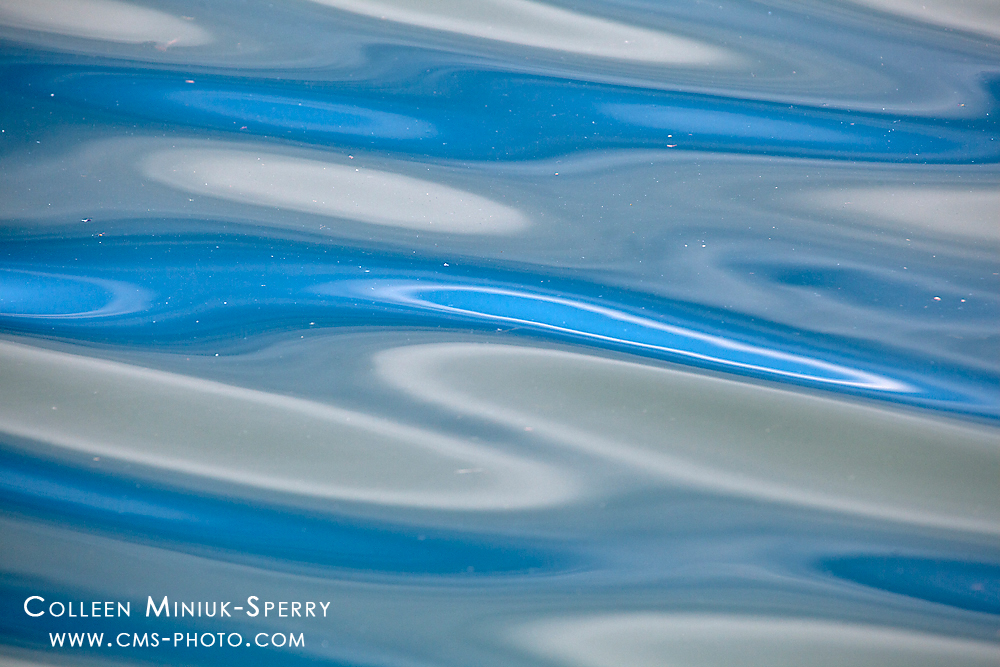
“Sky Pools” Glen Canyon National Recreation Area, Arizona (Click on photo to view larger – prints available!)
 Recently, I had the pleasure of attending the 2012 Photographic Society of America’s International Conference in San Francisco. With many thanks to my generous sponsor, Hunts Photo and Video (thank you Gary Farber!), I also had the honor of presenting “Visualization: Picturing the Unique Possibilities” as the Friday evening Featured Speaker with a lively crowd of enthusiastic photographers.
Recently, I had the pleasure of attending the 2012 Photographic Society of America’s International Conference in San Francisco. With many thanks to my generous sponsor, Hunts Photo and Video (thank you Gary Farber!), I also had the honor of presenting “Visualization: Picturing the Unique Possibilities” as the Friday evening Featured Speaker with a lively crowd of enthusiastic photographers.